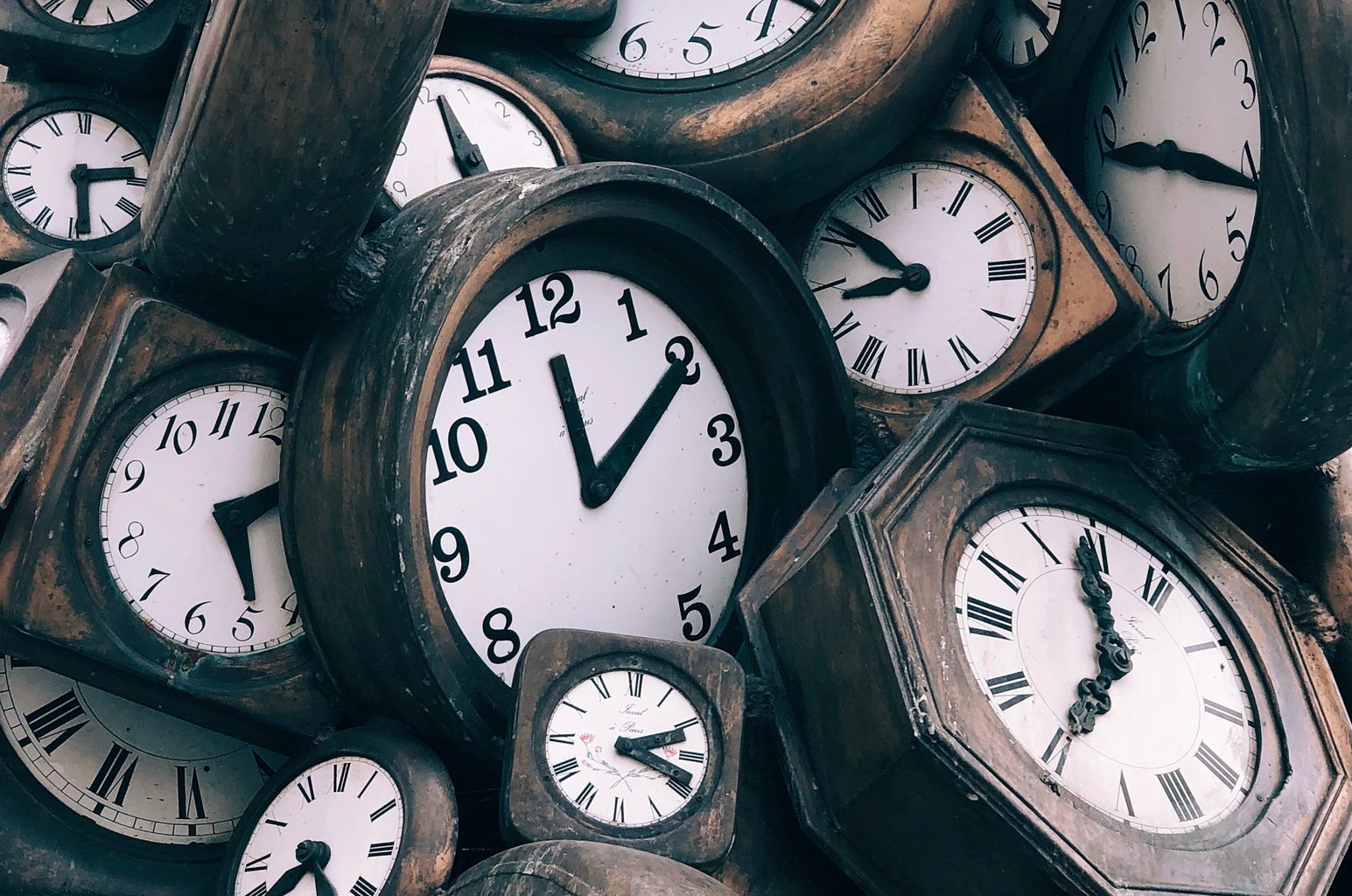Pretty much every time I buy a little trinket for myself or decide to go crazy at the mall, I crash into reality with buyer’s remorse. It is an impossible feeling to avoid. Impulse buying has become trendy on social media and has settled as a norm for most influencers due to the fast-paced nature of marketing. To help you start reflecting on your habits and begin avoiding random impulsive purchases, I have compiled a list of the best tips to avoid impulse buying.
1) 24-hour rule
I legitimately believe the 24-hour rule could’ve stopped me from buying half the things I bought in 2023. The 24-hour rule requires that whenever you are considering a purchase, you must wait 24 hours before actually committing to the purchase. If you are unable to buy it at the moment, typically the consumer must reflect on the benefit of the product.
Most often, within 24 hours, people will forget about the product in the place and never end up buying it. This can stop you from buying everything at the mall or Target, especially if you would have to physically return to the location to get the exact product. This tip will help those who get caught up in spur-of-the-moment purchases that happen within minutes. It will reel in consumers who are quick on their toes and usually hop from item to item. This can be tricky if you are an online shopper because the access is still as readily available compared to physical stores. However, the hourly wage tip is applicable both in-person and online.
2) Hourly Wage Check
For college students working minimum wage jobs, it is really easy to check yourself based on your income. This tip recommends thinking in terms of the hours you have to work in order to afford the item. For example, if I make $15 an hour, is working two hours really worth a single lip gloss or a tank top? It can hold you back from high cost disposable purchases. The effort to earn the income can cause reflection on the value of items. It is important to remember not all items have accurately assigned price tags nor do hourly wages always reflect effort. But those who care about these things can use this tip.
3) Pay per-use
Pay per-use has been a piece of advice that I got from my parents. You must consider before purchases, how many times you will use the product in order to buy it. This can stop consumers from purchasing single-use products or trendy items. If a product cannot be used enough so that the price of the purchase doesn’t matter, it may not be worth buying.
Now, with this logic, you may still buy a lip gloss or a pair of jeans, but it could stop you from impulse buying a water bottle that’ll only get used once. The whole point of this is to buy things have a purpose and you can actually use. Try and avoid the items that look nice but have no exact purpose in your life. Look at the necessary needs versus frivolous wants.
4) Long-term versus short-term gratification
This is the core of why most people impulsively shop. The short-term gratification from getting what is not yours is huge. However, that feeling does not last long and actually shortens every time you give in to the purchase. In my eyes, you basically are conditioning yourself to continue shopping like this and at a fast rate the next time. You have to recognize the issue and make a commitment to solve the problem. Otherwise, it will never stop.
On a side note, most people may not even recognize they impulsively shop because of how normalized the behavior has become. It is necessary to remain calm and start reflecting on purchases. By taking a simple look at your purchases in the past week, month, and six months you can recognize patterns. Check if it is specific locations, dates, or that cause temptations.
Conclusion
TikTok, Instagram, and even everyday conversations are filled with both obvious and unconscious advertising to get you to buy anything. You shouldn’t feel guilty for giving in to the feeling. However, I do think we all need to start critically thinking about our purchases and whether it is truly necessary to continue purchasing at the rate we are and our overall consumption.





